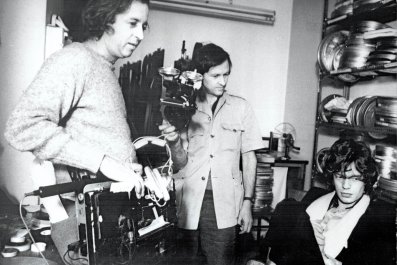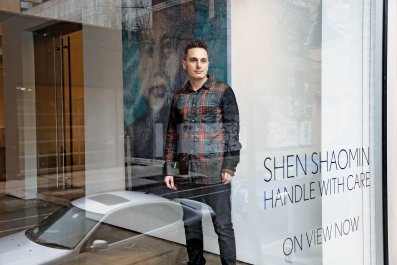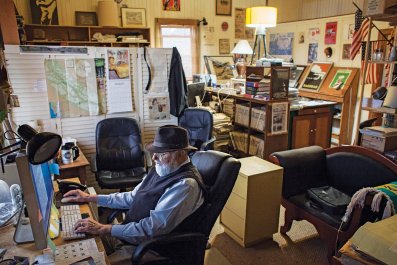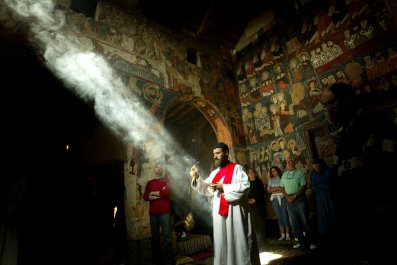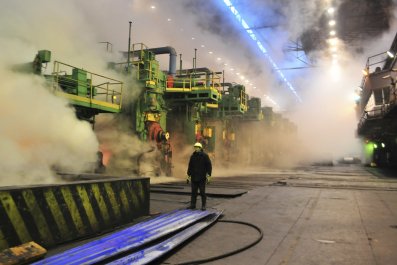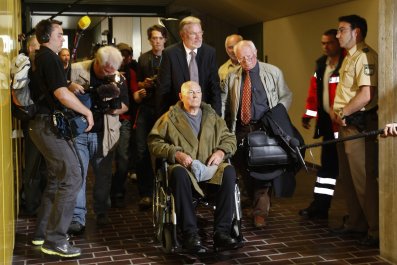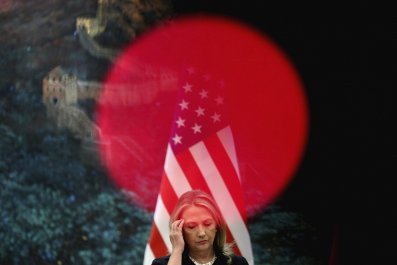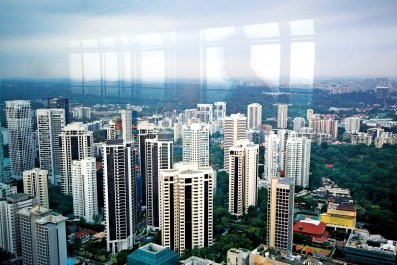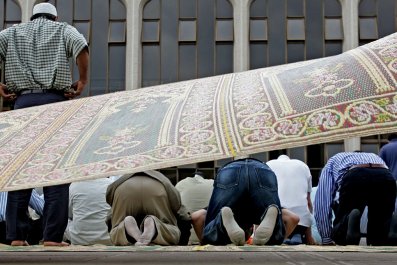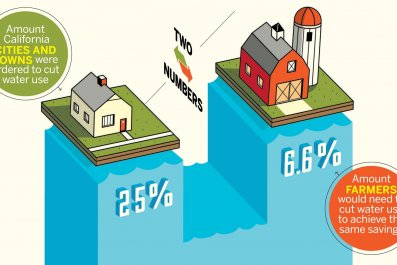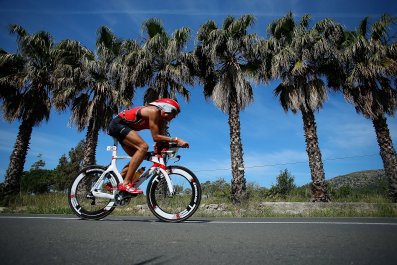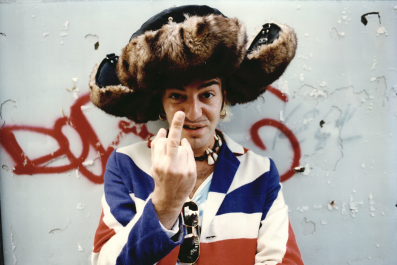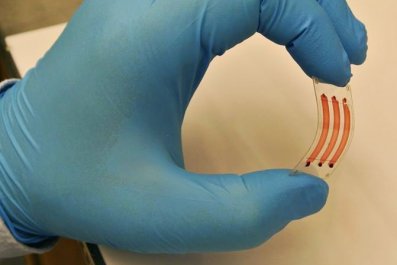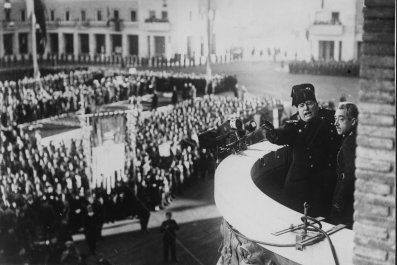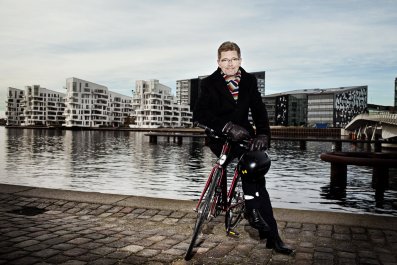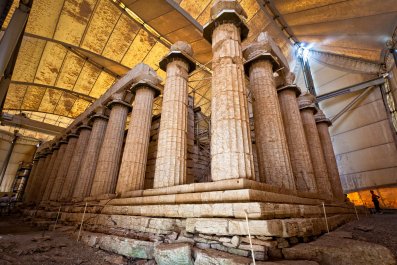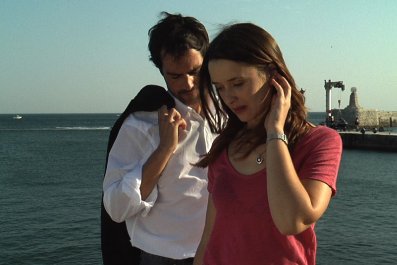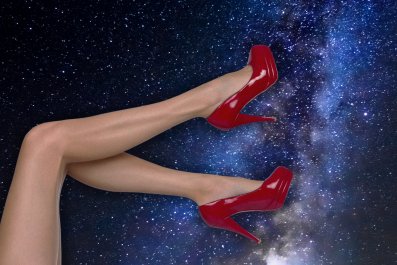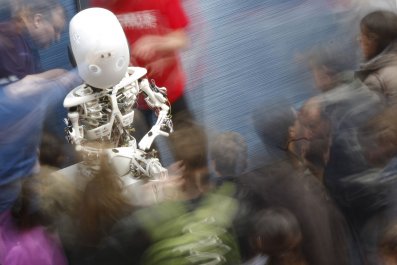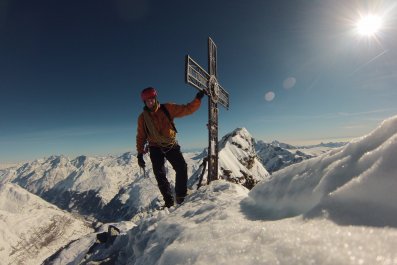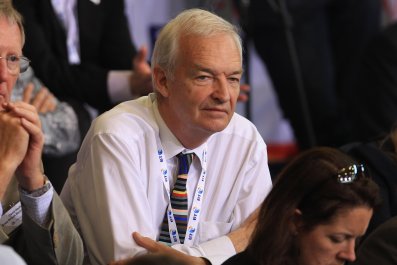Last year it was all about the building. The Fondation Louis Vuitton was the architectural happening of 2014: Frank Gehry's lighter than light essay in steel, glass and wood that seems to rise like mist among the trees of the Bois de Boulogne. Once in a generation or so Paris allows itself a controversially contemporary building. And like the Pompidou and the Tour Montparnasse before it, this modern mega-gallery has divided opinion and come in for a fair bit of attention.
When I visited the Keys to a Passion exhibition recently, the place had already shed its sepulchral air of newness and seemed to be settling into the fabric of the French capital as an established part of cultural life. With the building becoming accepted as a Parisian landmark, attention has turned to the art and, although I do not want to make the "if you only go to one show this year …" recommendation, Keys to a Passion is surely one of the cultural highlights of this year.
In assembling the greatest hits of early modernism, curator Suzanne Pagé shows how taboo--busting artists of the late 19th and 20th centuries continue to guide the contemporary artists of today. And the effect of having so many truly emblematic works of modern art gathered together in one place is simply stunning. To stand in front of The Scream, on loan from the Munch Museum, and to look upon what competes with La Gioconda for the title of the world's most famous painting, is to create a personal memory that will last a lifetime. But this is just one in room after room of instantly recognisable works.
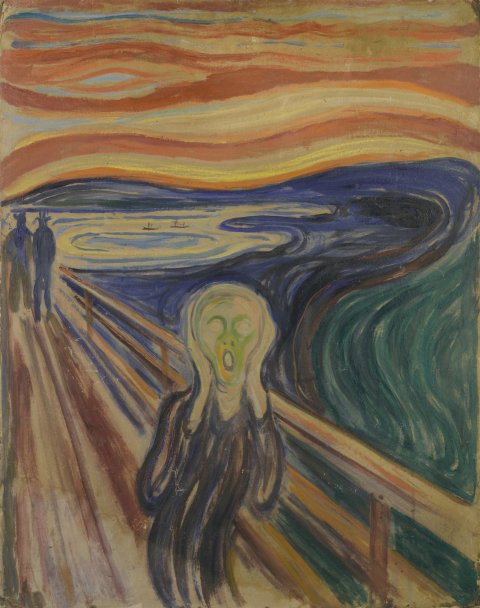
For instance I was more interested to look at Matisse's La Danse, the Fauve masterpiece painted for businessman Sergei Shchukin; it hangs alongside a monster collage completed just two years before Matisse died, which bursts with the same energy and life of work 45 years its junior. Matisse's old frenemy Picasso is well represented with three paintings (including La Lecture, which really should be renamed 'Woman wearing an Apple watch') and one sculpture. The erotic sub-text of the Picassos is echoed in a trio of voyeuristic Picabia nudes, that manage to be kitsch, creepy, celebratory, salacious and slightly satirical.
Everywhere one looks there is a superabundance of power pictures: seven Mondrians, including two First World War works composed only of black crosses and dashes on a white background hat, show his move from pointillism to full-strength abstraction. This show offers the visitor a seat in the delivery room to watch the birth of some of the most famous artistic movements of the 20th century. And in between the big names are some fascinating discoveries, including a series of five self-portraits by Helene Schjerfbeck painted over 30 years from 1915 that show the effect of time on both her face and her artistic style that becomes almost Baconesque.
Having been gathered together as examples of "key" paintings in the development of modern and, by extension, contemporary art, the pictures are divided into four themed zones. The first deals with the existential anguish of the human condition; led by The Scream and ably supported by the likes of Bacon, Giacometti and Otto Dix. This makes the contemplative feel of the next room – inter alia Monet, Hodler, Nolde and a gifted Finnish landscape artist called Akseli Gallen-Kallela – all the more soothing. Pop is the theme of the third room. This show suggests that the movement started as early as the second decade of the century with Robert Delaunay's The Cardiff Team. The final sequence is devoted to music and includes, among others, four Kandinskys.
It was, of course, André Malraux who promulgated the idea of the Musée Imaginaire, probably what we would call a virtual museum today. What Suzanne Pagé shows is that nothing beats the real thing.
Keys to a Passion runs until 6 July. Info: fondationlouisvuitton.fr/



